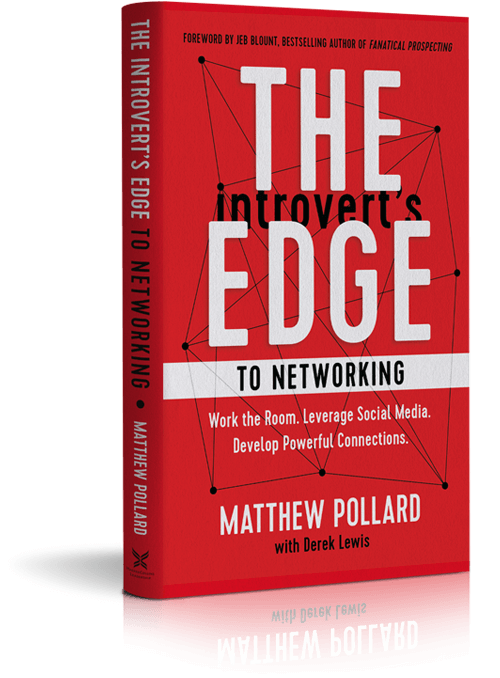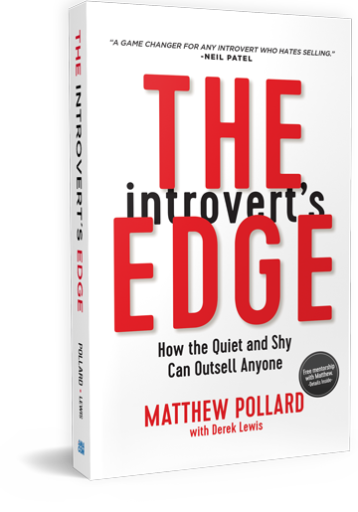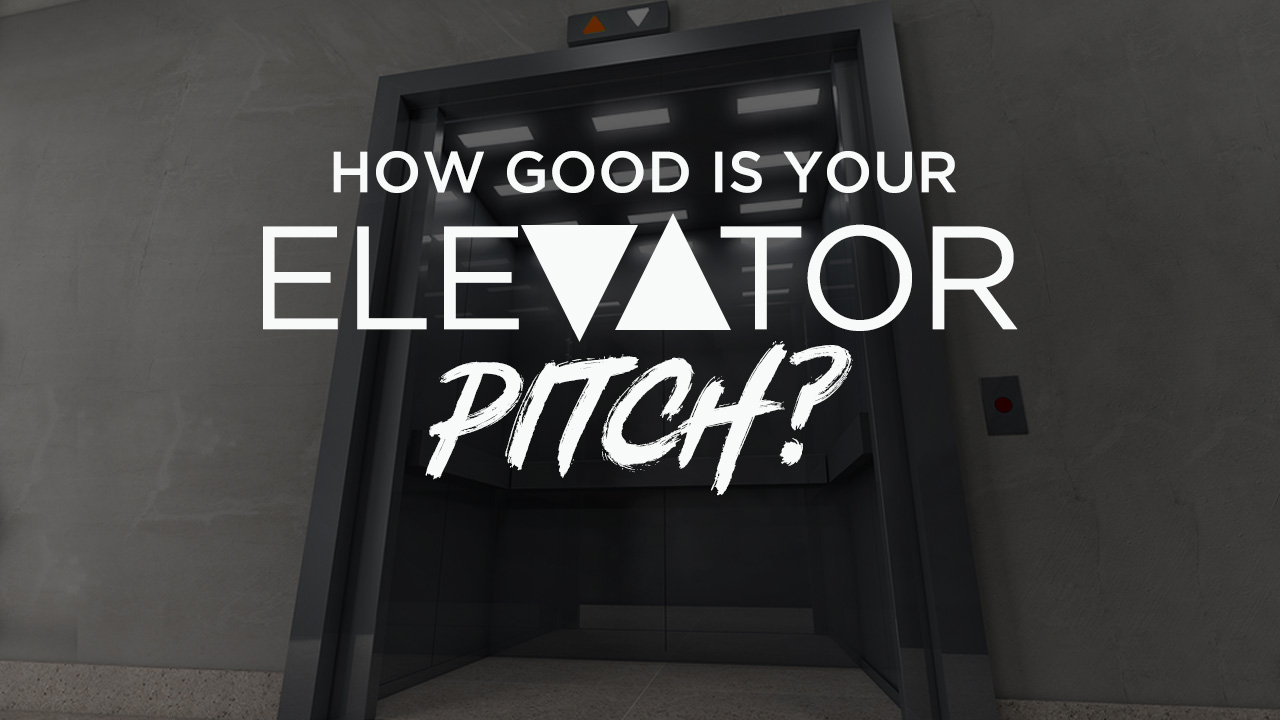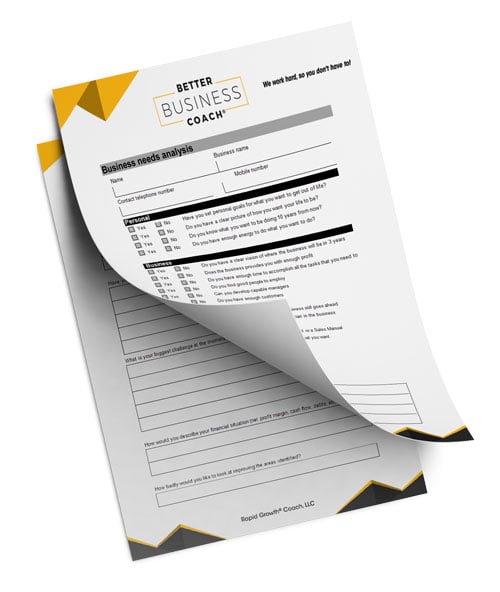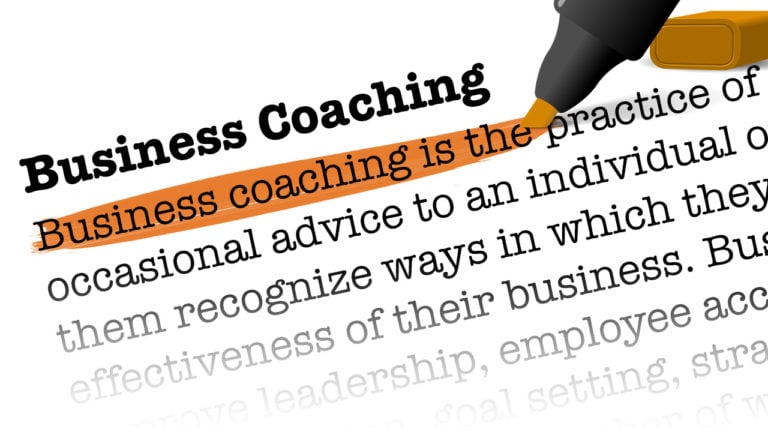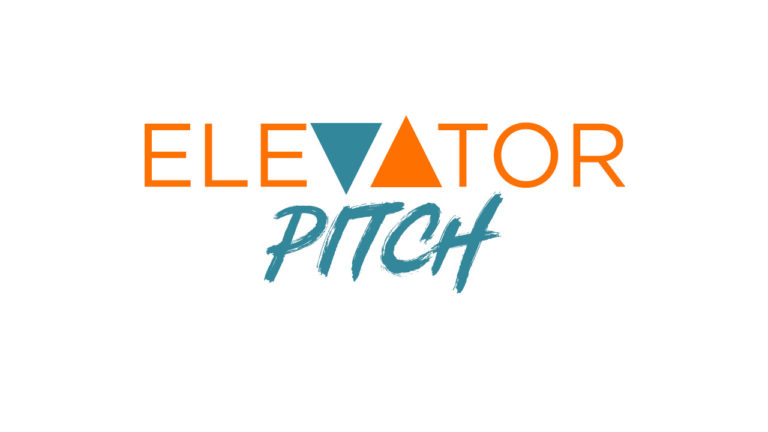Better Business Coach Transcript
This Better Business Coach session number two.
Hello everyone, and welcome back to Better Business Coach.
My name is Matthew Pollard, and as always, I will be your rapid growth guy.
I’m super excited about the sessions that I have planned for you over the coming weeks and months.
If you haven’t had a chance to listen to the introduction yet, please, after this session, go back and give it a listen. It will give you a full outline of just how awesome this content is going to be in making your business coaching business as successful as possible.
A short synopsis would be that it is going to provide you all the ideology and training you need to create the most engaging sessions possible with your clients as well as give you access to the actionable and downloadable worksheets that I spent over a decade creating and perfecting for you to use with your clients straight away.
Basically, I’m doing all the hard work so that you don’t have to.
Now, in this session, I wanted to start by talking about a worksheet that I use to translate prospects into paid weekly and monthly clients. However, due to request from my database and from my subscribers, I have chosen to start with a two part series on how to handle networking events to get people interested in the products and services that you provide.
Small Business Networking Events
In session 1, we are going to be talking about how most people try to talk about their services when networking. Then we are going to talk about an elevator pitch that can step up the way you present to your audience so that they ask the question “How do you do that?”, allowing you to talk about the products and services you provide per their request.
Then, in the second session, I’m going to help you translate that into what Michael Port has coined the conversational elevator pitch. This will drastically increase the level of interest you get from clients, helping you to feel less scripted and more comfortable and relaxed while engaging people about the products and services that you provide.
These will be two action packed sessions that are all about getting people interested in what you do.
So let’s talk about what it’s like for a coach currently when they go to networking events.
Business Networking Tips
Reports say that the business coach’s number one problem is finding clients, and the best way to fix this is by going to networking events. However, what generally happens is when asked “What is it you do?” they respond with “I’m a business coach.” All of a sudden, silence, or a response that says “I had a business coach once; it didn’t really work out well for me.” That’s it, the end of the conversation.
I have made a career out of helping people get other people interested in what they provide. It doesn’t start with a conversation just about what you do; it is about the benefits you offer.
That’s what an elevator pitch is going to be able to help you with. Let’s be honest, if you say you’re an insurance salesperson, you’ll kill the conversation; it’s the same if you say you’re a business coach.
You kill it because you just do what everybody else does. So how do you approach it in a way that engages people’s interest, to be able to get them to ask “Really? How do you do that?” This is the goal of this session, and the way we do that is by using an elevator pitch.
An elevator pitch is a very simplistic and scripted way of engaging clients about the products and services that you offer. The structure is simple: “We help (segment), do (benefit or overcome problem), even if (most common objection).”
Less talk about “segment” first. Who, as a business coach, do you help? Now, you can quite easily say a business coach helps all businesses, and that is completely fine. However, this is a very generalized statement and doesn’t target any specific group. Although you may say, “But I offer coaching to all businesses of all kinds,” when you’re networking, you’re not going to be going to a completely open business coaching market. What you may be doing is going to a new business startup networking event or a brunch that is targeted at helping business owners get more clients. Whatever it is you specialise in, that should be your segment. So you could help new start business owners, or you could help business owners that are struggling to find clients. Pick the segment that works best for you. The segment that I always suggest is the one thing you get the best outcomes from. Then you talk about what you do.
Next is the “benefit” that you provide to the client. You may help them get more customers, or you may help them build their business on solid foundations. Perhaps they may be really stressed about creating the systems and procedures that work for their business, or you may help them overcome the obstacle of working in their business, not on their business. The benefit you provide is not just coaching; coaching is a feature. What you actually provide, the true benefit, is what they get out of working with you.
Finally, there is the “even if” statement. This is the most common objection people have when you say you’re a business coach. Now, I’m sure you’ve heard this many, many times before: “But I suck at sales,” or “I’ve been doing the same thing for 30 years and nothing has changed.” You can introduce that into your “even if” statement.
So let’s role-play. I will run through two of them so you can try them on for size.
- I help business owners get more customers, even if they suck at sales.
Now, that works for somebody that is trying to sell sales coaching. What it does is tell people that you help business owners, which is a general term, and that you help them get more customers, which is a true benefit. All businesses are trying to get more customers, even if they suck at sales, which is the most common objection. My most common objection is “I suck at sales,” so “I help business owners get more customers even if they suck at sales” fits the whole profile that an elevator pitch needs to fit. It also gets customers to respond with “Really? How do you do that?” It’s impossible not to ask for more details when somebody says that to you.
The next thing that happens is that you get to talk about your services or product, on their request, or get them talking about the fact that they really suck at sales, taking you on a conversation about sales, which is exactly what you want.
Let’s look at a different situation where you’re a business coach that works with new start businesses. You can say:
2. I work with start-up businesses to build their organisations on solid foundations, even if they don’t know where to start.
This is the common problem for most people. Many people say “I want to start a new business, but I don’t know where to start.” So, as a business coach, by only saying “I provide business coaching,” they will respond with “I don’t see how that can help, because I don’t know where to start.” If, instead, you say to them “I work with start-up businesses to build their organisations on solid foundations, even if they don’t know where to start,” their response will be “How do you that?” Then they’re actually going to be interested in talking to you further about the products and services that you provide.
Now, I know that this sounds very scripted and very contrived, and you may find it slightly uncomfortable to present this to a person you’re just talking to in a networking event. However, it is so much more effective to present it in this way rather than just saying “I provide business coaching.”
Imagine an insurance salesperson that tells you “I sell insurance.” Of course you will say something like “I’ve already got somebody to look after my insurance,” or “You know, I just go through Allstate insurance.” That’s the end of the conversation, unless you defend yourself by saying something like “But have you thought about this?” Now you’re obviously trying to sell to them, and it’s uncomfortable. However, if you take a backward step and use this elevator pitch, you can say “I work with corporate businesses to ensure that they save the most amount of money on their insurance premiums, even if they have had a high number of claims in the past.” Clearly, I don’t sell insurance; I am just trying to give you an example of the difference. If I went to a place and said that, somebody could respond with “I’ve had a lot of insurance claims in the past, which is why my premiums are so high. How exactly do you do that?” It’s the same with business coaching. If you say “I help new start businesses build their businesses on solid foundations, even if they don’t know where to start,” it is going to elicit a response asking how exactly you accomplish that, because even if they don’t have a new start business, they may know somebody that does.
Now, can you have more than one elevator pitch?
You should have more than one elevator pitch, and you should practice them time and time again so that you can deliver them completely relaxed and completely unscripted, or seemingly unscripted, so that when you speak to people, it brings the conversation to the question of “How do you do that?” Then you can start to divulge exactly how you do it and start talking to them about a time or something you can offer them that can start to work towards making them a client.
I would suggest that you go about practising this by creating some elevator pitches appropriate for your business and trying them out during networking events that you’re going to. If you don’t have a plan to go to any networking events, get on meetup.com and book yourself into a few networking events.
It will be uncomfortable at first, but you need to get practice actually saying them.
In the next session, I’m going to be talking to you about more of a conversational elevator pitch; however, it would be great if you’ve got this under your belt.
You will see that even something as structured as this and something that so many people use now that it is apparent that it is an elevator pitch still works so well. That way when we start talking about conversational elevator pitches in the next session, which requires a little more work in order to better engage clients, you will be able to see just how effective that that’s going to be in your business to obtain clients in a much more rapid way.
So, as I said, each one of these sessions is built to give you something that you can use straight away in your business to make it a success, and while the elevator pitch is simplistic, it will provide exactly that, so go out and use it, and I hope that you get some great success with it.
I look forward to seeing you in the next session, where we’re going to be talking about conversational elevator pitches. In the meantime, if you haven’t yet, please subscribe to the audio and video podcast of Better Business Coach, and, if you haven’t already, please post a review on iTunes with the star rating that you feel that this session and the sessions that you have listened to are worthy of.
Thank you very much for your time. I look forward to seeing you in the next session.
Cheers!







